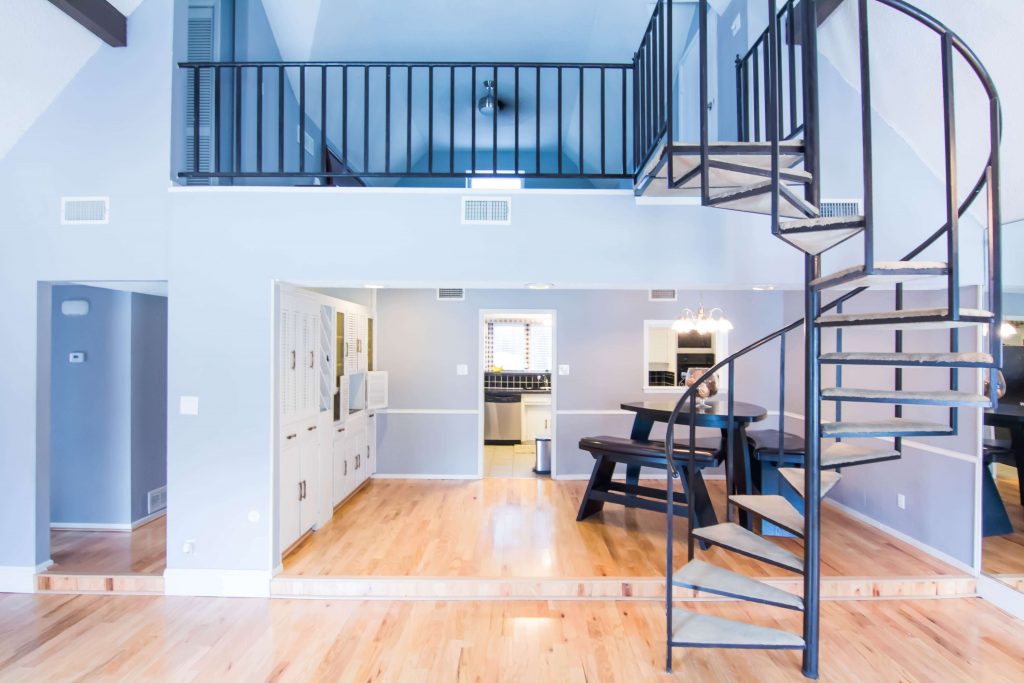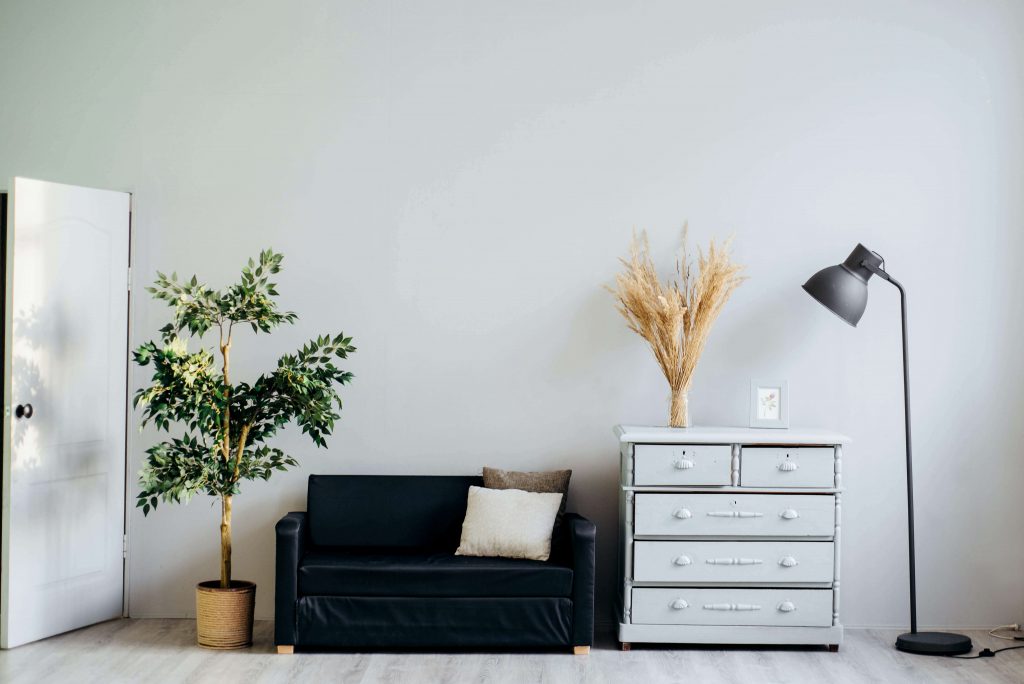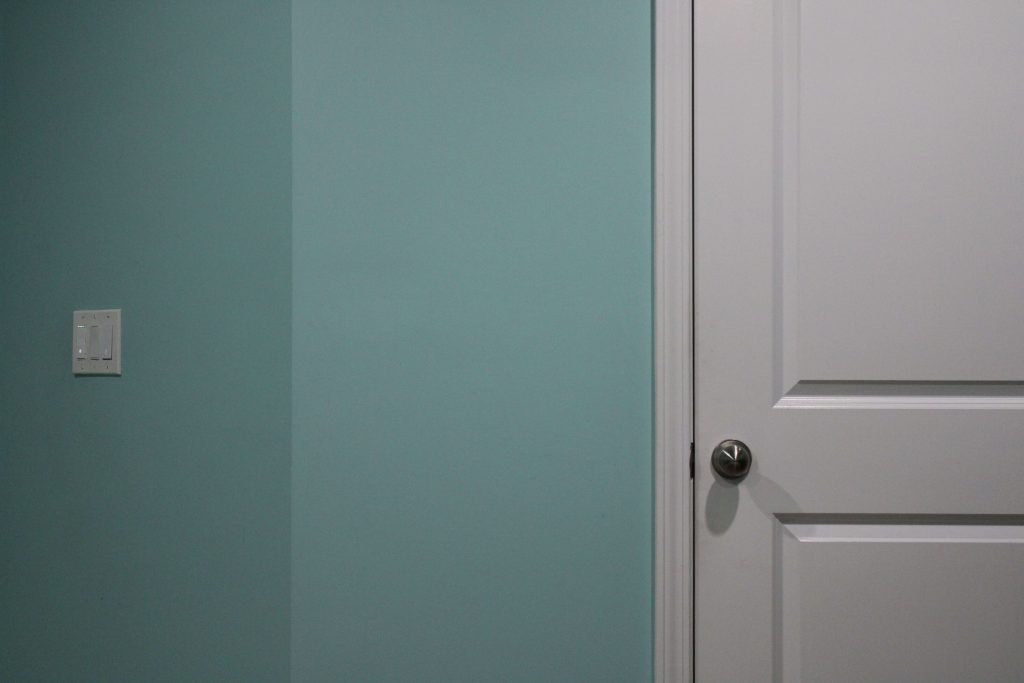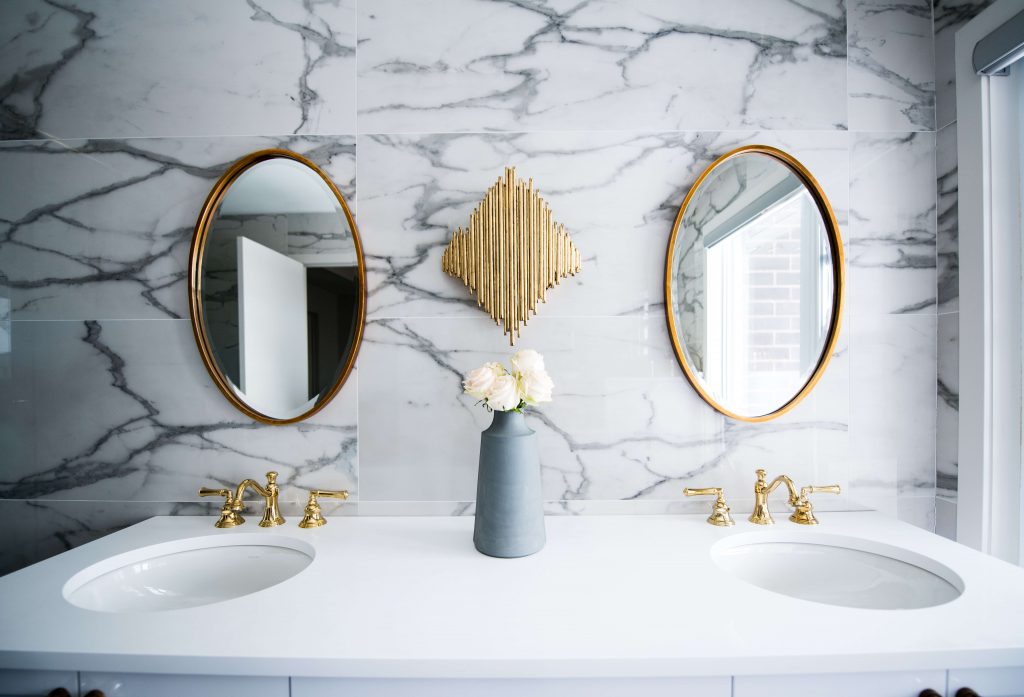Tips
How do I start renting out my house?
Before you officially arrange for anyone to move into your property, it’s advisable to have a game-plan. This means not only knowing what you want out of a tenant(s) but also where to search in order to find them. Of course, your property needs to be attractive and it needs to create a definitive impression as somewhere safe and comfortable. It’s crucial to spend some time setting up the preliminaries in creating a rental environment that is supremely livable for your tenant(s).
Have a plan and a strategy
Thinking strategically. The goal is to look out for your own interests as well as your tenants’. By ensuring your property is in good condition and all elements are in efficient working order, you can shoot for a premium rental return. This is as well as set up an environment that’s going to help maintain your tenant’s happiness well into the future. If your renters are able to live in a property that appeases their needs, you’re going to decrease the chance of lease terminations and related issues. Not only that, it’s just the proper thing to do!
The next few sections are designed to assist you with preparing your property from the perspective of ‘look and feel’ and should help to iron out any of your burning questions on what is needed and why, when and how.
It’s all in the presentation
When people put their property on the buyer or rental market, sometimes they may opt to pay for professional home staging. This just goes to show the power of excellent presentation. However, you don’t have to go as far as having someone colour coordinate your decor, fluff your pillows and place some candles and cookbooks just so.
What you should do, at the very least, is take the time to make sure everything is clean and well-arranged. This is especially important if you’re leasing your property with furniture included. Not only will this create the most inviting impression for your prospective tenants, but it will also set up the standard that your tenant(s) will be expected to maintain and replicate when they eventually exit your property.
Your entry/exit condition reports
Your entry/exit condition reports are the legal documents that detail the requirements for a professional clean and other stipulations. The way you initially present your property establishes the baseline for how your interiors/exteriors should be maintained and cared for by your tenant(s). This is reflected in your original entry/exit paperwork.
What information will an entry condition report usually contain?
- Condition of your walls
- Condition of your floor and window coverings
- Working order of your heating/cooling devices, such as air conditioning/fans, fly-screens etc.
- Working order of electricals, such as appliances and power sockets etc.
- Water supply
- Care and maintenance of lawns and gardens and any outdoor features, eg. fence, pool etc.
- Condition of furniture (if supplied by you as the landlord)
For all of these items, an entry report should detail these particulars:
- Level of cleanliness
- Type of functionality
- Degree of damage (if any)
Repairs and replacements
Sometimes, you may feel like you can let certain repairs go. However, you should always ask yourself the following question. “Would I be happy living in a home that had this or that broken, or working improperly?” Some things can’t go without fixing and others might be more a matter of comfort. However, if your tenants are accustomed to particular living standards then they are not going to want to compromise on those things that afford them a good quality of life.
Repair before leasing
Presenting your home with elements that are in poor condition will only return the same standard in a tenant, ie. you get what you pay for. First impressions count, so the best course-of-action is to have everything in perfect order well before you put your property on the market. Plan to keep your property in excellent repair by setting money aside to cover maintenance and incidentals. This will increase your chances of not only attracting but maintaining premium rental returns.
You see, the fact that you are prepared to look after your property reinforces the idea that your tenants should care for and respect the environment (that they will effectively call their own) to the same high level. Fixing repairs before a property is leased can also help stop minor maintenance problems from escalating into much larger ones, as time goes on. It’s usually a whole lot easier to do this while the property is still empty.
To repair or replace?
There might be a few repair tasks that you can get away with on a DIY basis. However, always make sure to call in licensed professionals with anything electrical, technical, structural or large-scale. Look for experienced and reliable tradespeople who are receptive to long-term professional relationships. Having someone on-hand helps when you have those emergency jobs and maintenance works that require attention on very short notice. Naturally, there might be some items that require a full-out replacement.
Those emergency repairs (such as a burst water service or a serious water service leak, a dangerous electrical fault, serious storm, fire or impact damage) are absolutely non-negotiable. You should check with the RTA (or the Government authority in your State) in relation to all your repair obligations as landlord. Of course, you can also claim tax deductions for repairs, maintenance and improvements that meet the ATO criteria.
Common-sense will prevail in deciding which fixtures (that aren’t an emergency) can be repaired and which need to be replaced. However, there are some typical items to replace or upgrade in rental properties which may help you attract a higher rental fee and save undue costs due to ongoing malfunctions.
Here are some items you may wish to consider replacing:
- Carpets, if they are worn and stained
- Curtains and blinds, if they are worn and stained/not closing properly
- Old toilets, especially if they have a loud cistern
- Tap handles that are discoloured, stiff and chipped/broken
- Flooring, for example, old and peeling linoleum that’s an eye-sore
- Water heaters and exhausts fans that no longer work efficiently
- Door handles and locks, especially if they are jamming or not closing properly
Find out how proper management can help you prepare to rent out your house. Contact us today.




